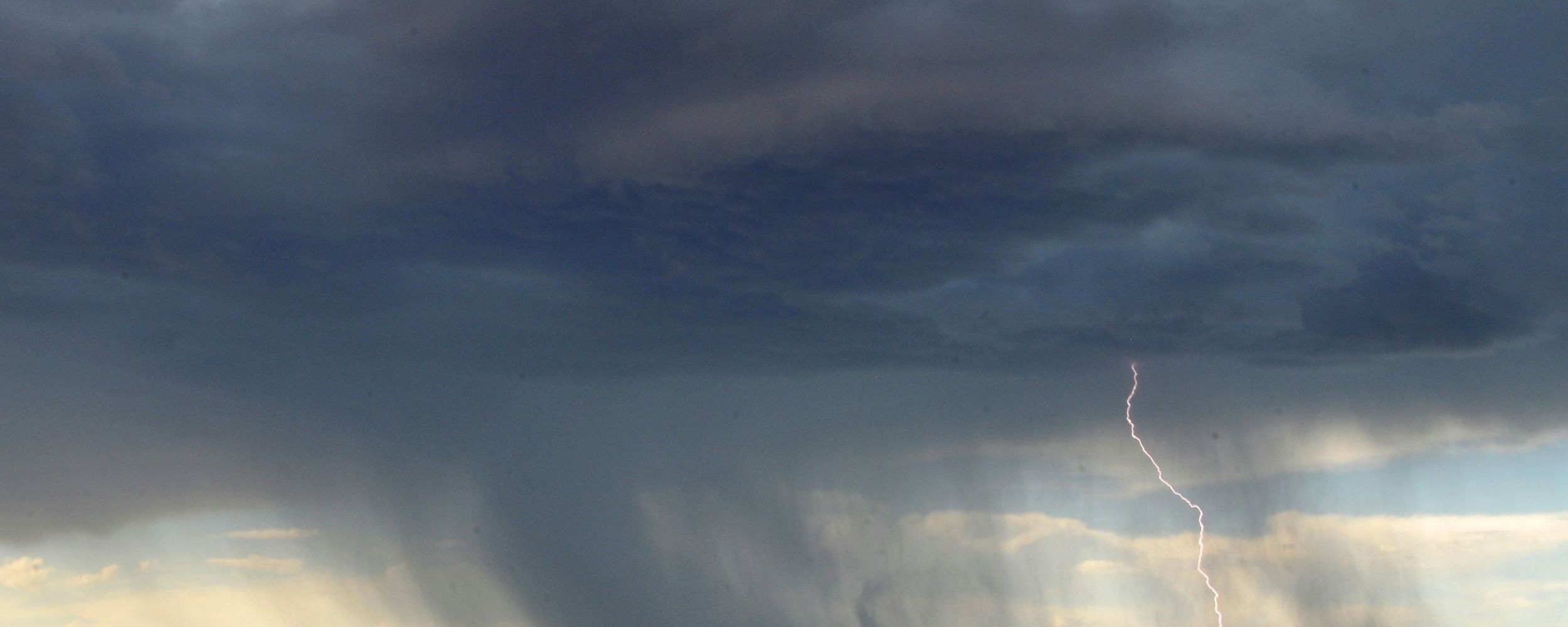Does Your Business Have a Detailed Weather Emergency Plan?
07 May 2024
Weather emergencies take many forms and, depending on your location, you're likely more vulnerable to some forms than others. These disasters — such as hurricanes, tornadoes, floods and wildfires — pose major risks to businesses. In fact, the Federal Emergency Management Agency (FEMA) estimates that about 25% of companies don't reopen after a major disaster strikes. Of those that survive, many continue to incur significant losses and struggle to stay afloat in the aftermath.Having a comprehensive plan in place before an emergency happens can reduce the risk of closure and help your business recover faster. FEMA suggests the following five-step process for protecting your business from natural disasters.
1. Program Management
This step requires management to 1) think broadly about the goals of a disaster plan and 2) determine who needs to be involved in creating, managing and executing the plan. Your goals may be straightforward. For example, you'll no doubt want to physically protect everyone on-site, minimize physical damage to assets and get back to business as soon as possible. But a sound plan should be more granular.
For example, how quickly do you need to resume operations to avoid long-term harm to the viability of your business? A disaster recovery plan with the goal of resuming operations within a day (or even a few hours) will look very different from a plan with the goal of getting up and running again in a week or two.
Also, your goal may include mitigating potential legal liability related to a weather disaster. If so, you'll need to obtain an attorney's advice when putting your plan together. Similarly, if your plan will involve managing the financial risks of a weather-related emergency, consider adding an insurance professional to your planning team for policy recommendations and periodic coverage review.
2. Plan Creation
The next step involves assembling the plan itself. Begin by cataloging the kinds of risks you face so that you can address and prioritize them. Some examples are:
- Physical injury to employees and customers,
- Business operations interruption (with resulting loss of revenue), and
- Damage to or destruction of equipment, inventory, supplies, vital business records and your actual place of business.
Your plan may include:
- Identifying roles for employees with skills and knowledge to respond to various weather emergency scenarios,
- Formulating an evacuation plan,
- Defining your needs for various kinds of safety equipment, such as first aid kits, fire extinguishers and sprinkler systems,
- Safeguarding in advance, with remote digital and perhaps physical copies, vital business records and documents, as well as software, login credentials and passwords,
- Creating a communication plan that details how to relay messages to employees and customers concerning your business's status and recovery expectations,
- Maintaining an inventory of key equipment that would need to be replaced promptly and suppliers for those items,
- Developing contingency plans for maintaining operations with a skeleton staff at a remote location, and
- Establishing HR policies regarding compensation of nonexempt employees who are unable to work until the business has recovered.
An effective weather emergency plan needs to be comprehensive. But it shouldn't be so detailed that it becomes overwhelming and difficult to comply with and update.
3. Plan Implementation
Elements of your plan will require specific actions to put it in place. Examples include:
- Informing your staff about what will need to be done,
- Assigning roles and responsibilities for implementing the plan to specific employees and training them as necessary,
- Acquiring needed equipment, and
- Buying appropriate insurance coverage.
- When reviewing potential risks, you also might discover that a weather emergency reveals a need for additional emergency exits. If so, follow through by creating those exits.
4. Testing and Exercises
There's a reason schools have fire drills and armies hold military exercises. Practice makes perfect — or at least better. The true strength of your weather emergency plan will lie in your company's ability to execute it should a real emergency occur.
Although a priority, quickly getting people to safety shouldn't be the only thing you test for. Also use periodic testing to determine whether the other safeguards you put in place, such as safety equipment and backup storage for vital business records, are fully operational.
5. Program Improvement
Ideally, it won't take an actual weather emergency to determine whether your plan is sound and comprehensive. Some weaknesses may be exposed during testing, but others may not. And, as time goes by, changes to your workforce, operations or physical space may reduce the efficacy of your plan.
Thus, along with conducting regular tests, fully review your weather emergency plan at least once each year to ensure it still provides all the protection you need. Ask everyone involved with the plan to share thoughts on how to improve it. Discuss suggestions and act on those you deem prudent.
Peace of Mind
Even if your business never sustains serious damage in a weather emergency, having a sound weather emergency plan in place may reduce the costs of some types of business insurance. Even if that's not the case, the plan should provide peace of mind, allowing you to focus on day-to-day business operations and growth. Contact your financial and legal advisors for more information.
Back to News